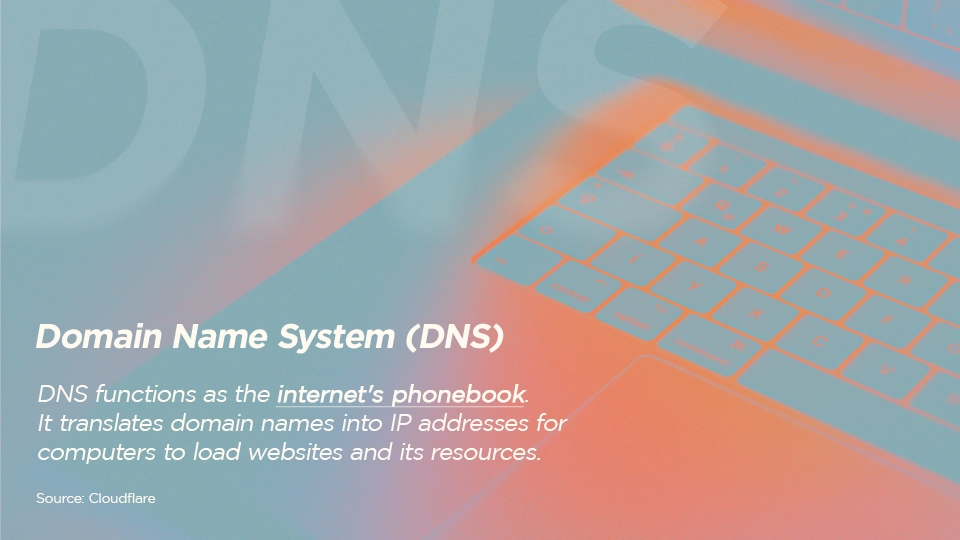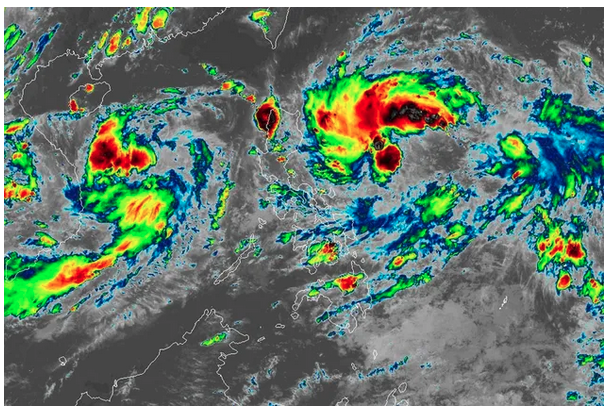The internet continues to grow and evolve, so do the tools and services that help us navigate it. A key component of surfing the web is a Domain Name System (DNS), which acts as a directory to translate domain names into numerical IP addresses.
To put it simply, DNS is the internet’s phonebook. Whereas every time your computer visits a website, it performs a DNS lookup; it then translates the domain name you entered (for example: yugatech.com) into the public IP address that your computer requires to load up the website.
While DNS servers are typically provided by internet service providers or private companies, there are also free public DNS servers available. Using a free public DNS can provide multiple benefits, such as increased security, faster loading times, and better reliability. Additionally, it can help protect your privacy by blocking malicious websites, as well as help filter out unwanted content. Although some services may offer additional features that are not available with other DNS providers.
This article provides a brief overview of some of the most popular free public DNS services available at the moment, but we recommend doing further research to determine which service best suits you.
1. Google Public DNS
Primary DNS: 8.8.8.8
Secondary DNS: 8.8.4.4
IPv6 available
Primary DNS: 2001:4860:4860::8888
Secondary DNS: 2001:4860:4860::8844
First up is Google Public DNS that promises a range of advantages, such as a faster browsing experience, enhanced security, and accurate results without any redirects. Google’s public DNS servers can provide fast speeds because they’re located in data centers around the globe. When you use the IP addresses above to access a web page, you’ll be redirected to the nearest server.
2. Cloudflare DNS
Primary DNS: 1.1.1.1
Secondary DNS: 1.0.0.1
IPv6 available
Primary DNS: 2606:4700:4700::1111
Secondary DNS: 2606:4700:4700::1001
Cloudflare DNS claims to be the “internet’s fastest DNS directory” and supposedly won’t ever log your IP address nor sell your data nor use it for targeted ads. It also has an app available for mobile platforms that doubles as VPN. Other versions of Cloudflare DNS can block malware and adult content (e.g. 1.1.1.1 for Families, 1.1.1.2, and 1.1.1.3).
3. OpenDNS
Primary DNS: 208.67.222.222
Secondary DNS: 208.67.220.220
IPv6 available
Primary DNS: 2620:119:35::35
Secondary DNS: 2620:119:53::53
OpenDNS boasts 100% reliability and uptime and is employed by a large number of users globally. They provide two sets of free public DNS servers, including one with a range of filtering choices designed for parental control.
If you’re looking for a bit more control, you can make a user account with OpenDNS Home, and set up custom settings. There’s also OpenDNS FamilyShield, which provides servers that help block adult content (208.67.222.123 and 208.67.220.123). And finally, there’s OpenDNS VIP, which is a premium DNS offering.
4. Quad9 DNS
Primary DNS: 9.9.9.9
Secondary DNS: 149.112.112.112
IPv6 available
Primary DNS: 2620:fe::fe
Secondary DNS: 2620:fe::9
Quad9 offers free public DNS servers that can help protect your devices from cyber threats. They block access to unsafe websites, but don’t store your personal data or filter content. The only domains that get blocked are those which phish or contain malware. Also, there’s an ‘unsecured service’ (IPv4: 9.9.9.10, IPv6: 2620:fe::10) which can come in handy to figure out if Quad9 threat feed has any false positives or if there are any DNSSEC (Domain Name System Security Extensions) errors with a certain domain.
5. AdGuard DNS
Primary DNS: 94.140.14.14
Secondary DNS: 94.140.15.15
IPv6 available
Primary DNS: 2a10:50c0::ad1:ff
Secondary DNS: 2a10:50c0::ad2:ff
AdGuard DNS offers two sets of DNS servers, one called “Default” which blocks ads and trackers and another called “Family protection” which blocks adult content in addition to the items blocked in the “Default” servers. If you don’t want to block anything, you can use the “non-filtering” servers (94.140.14.140 and 2a10:50c0::1:ff). However, if you use the free version of AdGuard DNS, you won’t get customer support and you’ll be limited in terms of monthly requests, device access, and servers.
6. Verisign DNS
Primary DNS: 64.6.64.6
Secondary DNS: 64.6.65.6
Verisign is also a great choice for those who are looking for a safe and reliable connection to the internet for free. It boasts 13 authoritative servers that form the backbone of its services, providing fast and stable connections to customers all over the world.
It is run by customers, so you can submit a website to be updated across the internet after verification. Thanks to Verisign’s direct access to the internet backbone.
7. Comodo Secure DNS
Primary DNS: 8.26.56.26
Secondary DNS: 8.20.247.20
Comodo Secure DNS offers free protection from malicious and fraudulent websites, making it a great choice for personal and business use. It has strong first-layer protection, as well as on and off-network enforcement of content protection policies. Plus, its fast access makes it one of the best DNS servers for gaming, and it’s easy to deploy on an enterprise-level.
8. OpenNIC
Primary DNS: 216.87.84.211
Secondary DNS: 23.90.4.6
OpenNIC is an excellent choice for anyone looking for a fast and uncensored DNS provider. It’s run by a network of volunteers who provide server resources, and users are given a list of the closest servers to their location.
However, one downside is that it doesn’t come with security features to protect you from fraudulent websites. So, it’s important to download a browser extension or antivirus software to keep trackers, malware, and ads at bay.
Setting up Public DNS on Windows
Setting up a public DNS on Windows is not that complicated.
- First, open the Control Panel and go to the Network and Internet section.
- Click on the Network and Sharing Center and select the Change adapter settings option.
- Right-click on the network you are connected to and select the Properties option.
- Select the Internet Protocol Version 4 (TCP/IPv4) option and click on the Properties button.
- Select the Use the following DNS server addresses option and enter the primary and secondary server addresses for the public DNS you wish to use.
- Click OK to save the changes.
Setting up Public DNS on Mac
Setting up a public DNS on Mac is also a fairly simple process.
- First, open the System Preferences and go to the Network section.
- Select the network you are connected to and click the Advanced button.
- Click on the DNS tab and click the + button to add a new DNS server.
- Enter the primary and secondary server addresses for the public DNS you wish to use.
- Click OK to save the changes.
Full story here: https://tinylinkurl.com/zmbYY







Comments
Authentication required
You must log in to post a comment.
Log in